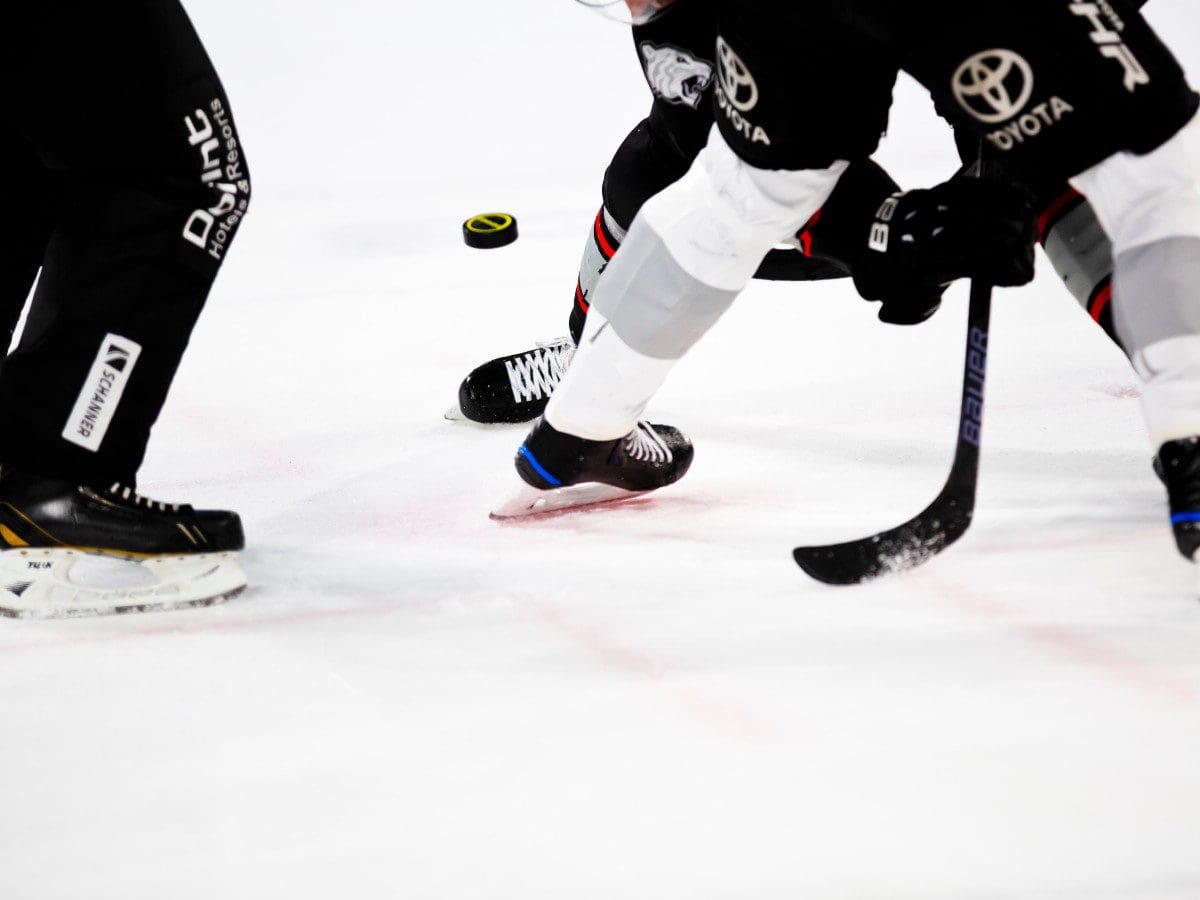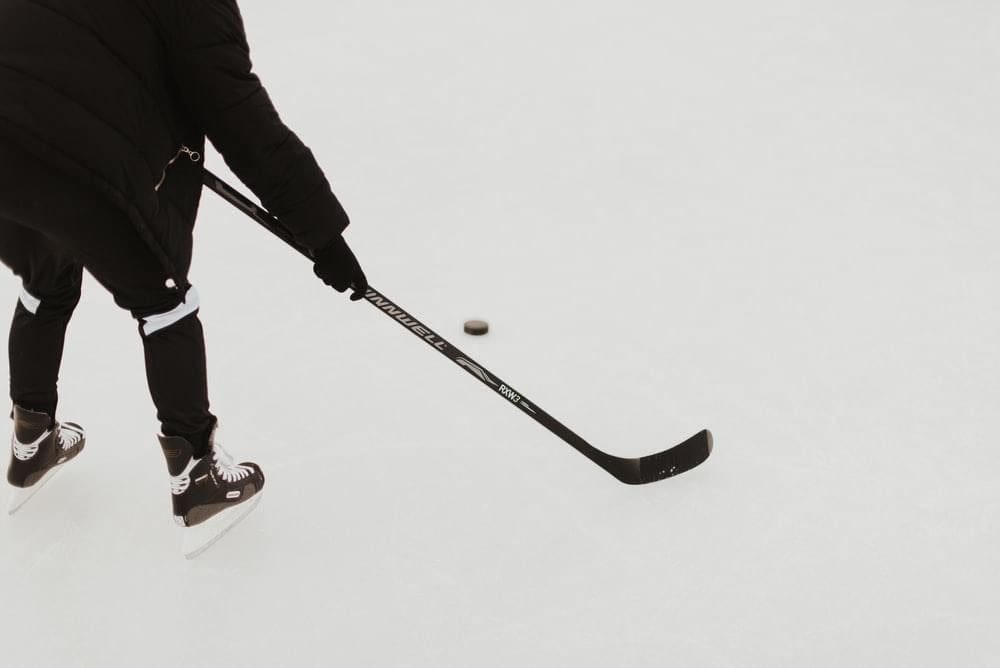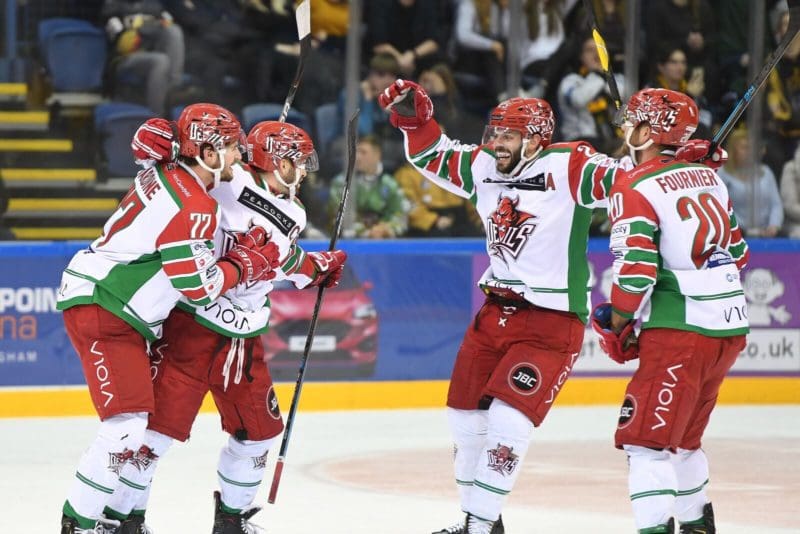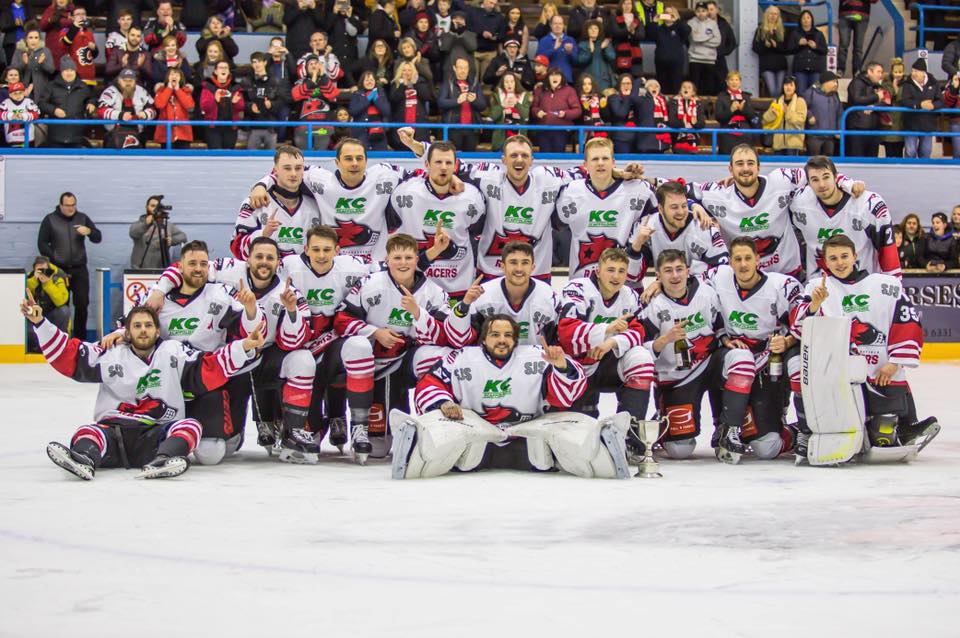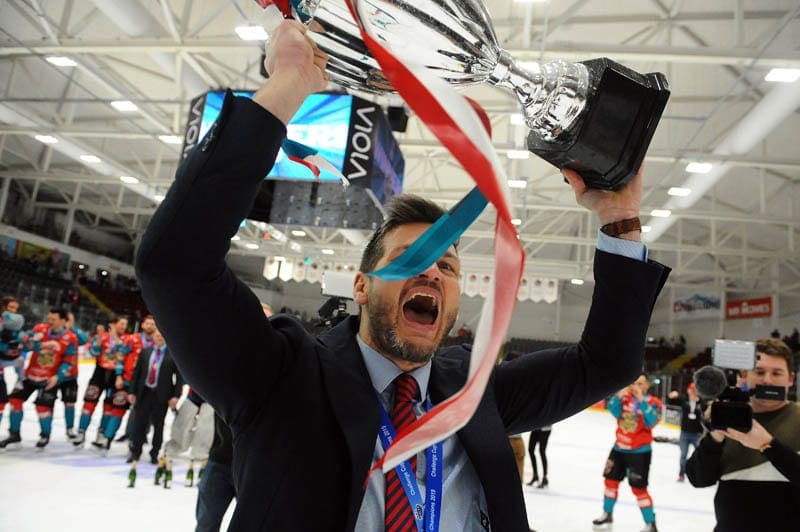
It’s been about a week since the format for the Challenge Cup for the new season and to be honest, I’m at a loss as to what has happened to the competition.
In case you did miss it, we had confirmation that the ten Elite League teams will compete for it, with Milton Keynes Lightning no longer in the league.
Like previous years, there’s a group stage, quarter final, semi final and of course, a final which will take place in Cardiff’s Viola Arena, taking place on 8th March 2020.
The group stage sees three groups, one of four and two of three with Belfast Giants, Dundee Stars, Fife Flyers and Glasgow Clan all making up Group A.
Group B comprises of Cardiff Devils, Coventry Blaze and Guildford Flames, while Group C has Manchester Storm, Nottingham Panthers and Sheffield Steelers.
The four-team group will play each other once at home and once away – six games. The two three-team groups play each other twice home and twice away. That’s eight games.
From those ten teams, eight will reach the quarter final, with the four team group seeing three go through while the two smaller groups have the top two from each progress.
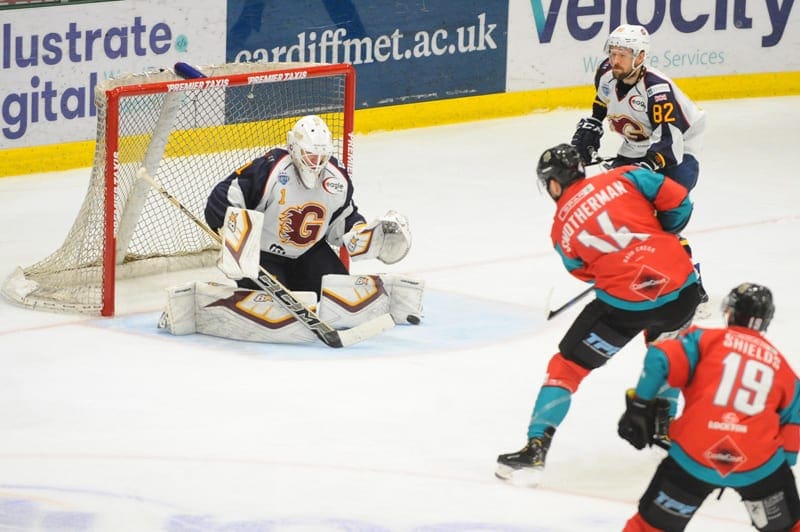
Jordan Smotherman scores the goal that wins the Challenge Cup for Belfast Giants (PHOTO: David Williams)
Then the two bottom teams will play off in a one-off game to decide the eighth and final quarter finalist. Yes, you read that right.
So teams in the three team groups not good enough to qualify automatically after eight games get a ninth game to try and go through, while the team with only six games to play doesn’t. Hmmm.
By not having a third opponent, you’re compensated with two more games, but can still gain a lifeline to the knockout stage if you end up bottom. In fact, you could lose all eight games, turn up for the ‘play-in round’ game, win that and you’re through. Where is the sense in that?
The three group winners will be seeded for the draw (in order of group stage win percentage) and have the option to pick their quarter final opponents from the remaining five teams.
Group winners will have home ice advantage in the return leg (subject to ice availability). In the fourth quarter final, the team with the higher win percentage from the group stage will have home ice advantage in the return leg.
That’s before you even get to the ‘Pick your Opponent’ concept of the ‘draw’ which has amazed and entertained and not always in the way you think.
The thing is, where do we even start with this? It’s become an unnecessary mess that the concept of just playing a simple tournament is long gone.
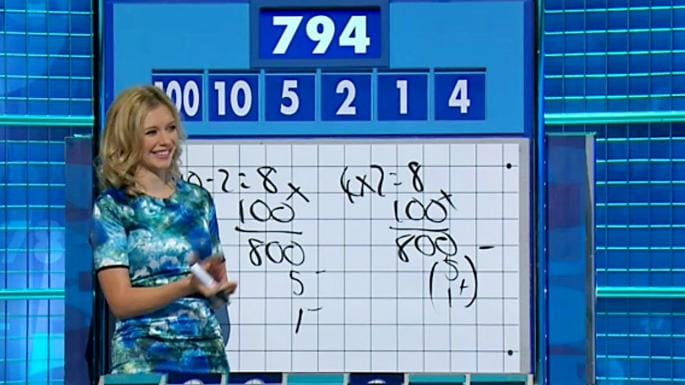
Countdown’s Rachel Riley could be on speed dial to help sort out the ‘win percentage’ stat for seedings (PHOTO: Channel 4)
With ten teams, the notion of squeezing them down to eight is laughable. Sure, the extra fixture can help clubs make five figure sums by getting there, but is it really necessary for a last eight stage now?
What would have been so wrong to have had two groups of five, play each other twice home and away and the top two (or four if you really, really have to have a quarter final) qualify?
Then – and this is where it gets wacky – top of Group A play fourth in Group B, second in A versus third in B and so on. Is that so difficult?
It doesn’t need seedings or GMs and coaches to put their heads together and pick who they would prefer to play. You finish in a certain position in the group and you see who you get in the next round once the group stage finishes. It’s already pre-determined and so much easier.
By trying to make the competition more exciting and have everyone battling for seedings, it’s actually made it far more complicated than it needs to be, with the use of win percentages. Even Countdown’s Rachel Riley would shrug her shoulders.
While it can be accepted into argument financial implications for teams and which group they play in, there’s got to be a better way than how this was devised. Should the group stages be drawn fresh every year for example?
On the ice will care of itself and whatever will be, will be of course, but come 9th November – when the groups are scheduled to finish, are we going to sitting trying to figure out higher win percentages? Let the cards fall and see where we are by the end.
But keep those calculators handy, just in case.

